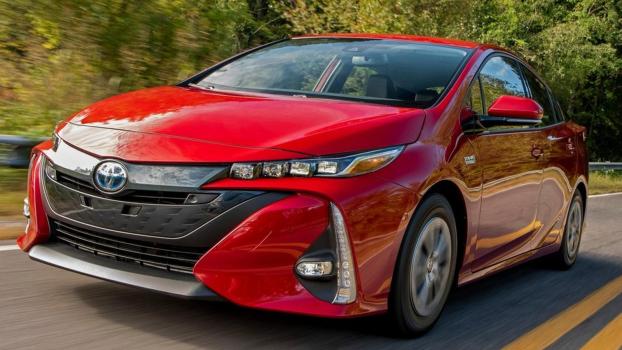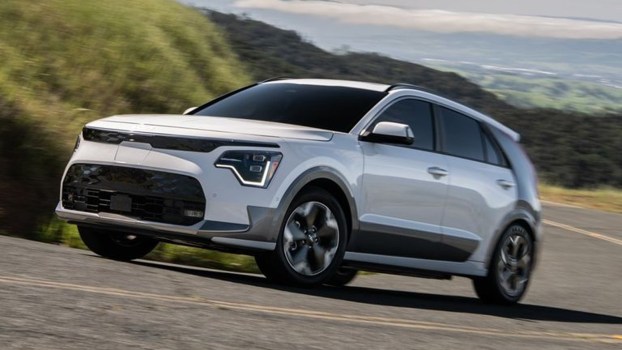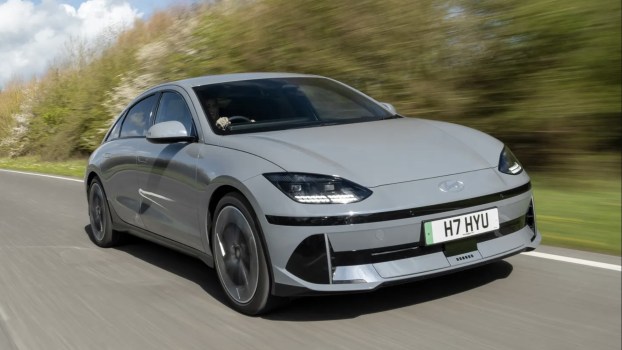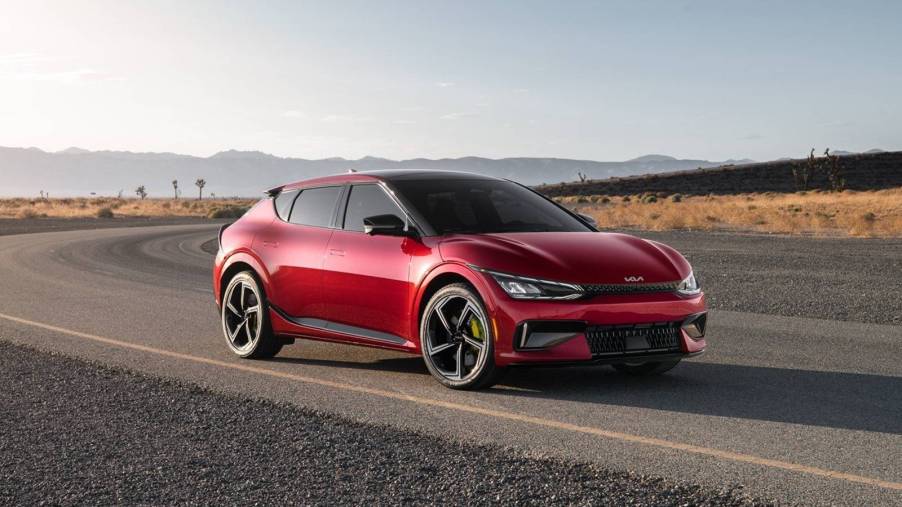
2 Things You Really Don’t Need in an Electric Vehicle
Why have electric vehicles become popular? Unlike models from ten or more years ago, today’s EVs provide useful driving ranges, come in various shapes and sizes, and have exciting driving qualities. Electric motors deliver instant torque to the wheels. This makes it fun to take off from a stop and get out ahead of the traffic. The EV market is growing, but across the board, there are two things you probably don’t need in your electric vehicle.
How many electric motors are too many?
Most EVs come in two flavors: single-motor and dual-motor. Some have three motors to power the wheels, but we’ll set those aside for now. Dual-motor EVs give these vehicles more power, AWD, and more excitement while driving. Dual-motor electric vehicles have some benefits, but typically provide significantly less driving range than their single-motor counterparts. Additionally, dual-motor EVs are more expensive than single-motor versions.
Although you’ll have less horsepower and torque when driving an electric vehicle with one motor, it’s probably got all of the oomph you’ll ever need on public roads. It’s fun to think about high-powered EVs that pack extra horsepower, but you’ll never tap into that extra power unless you take your electric vehicle to a track.
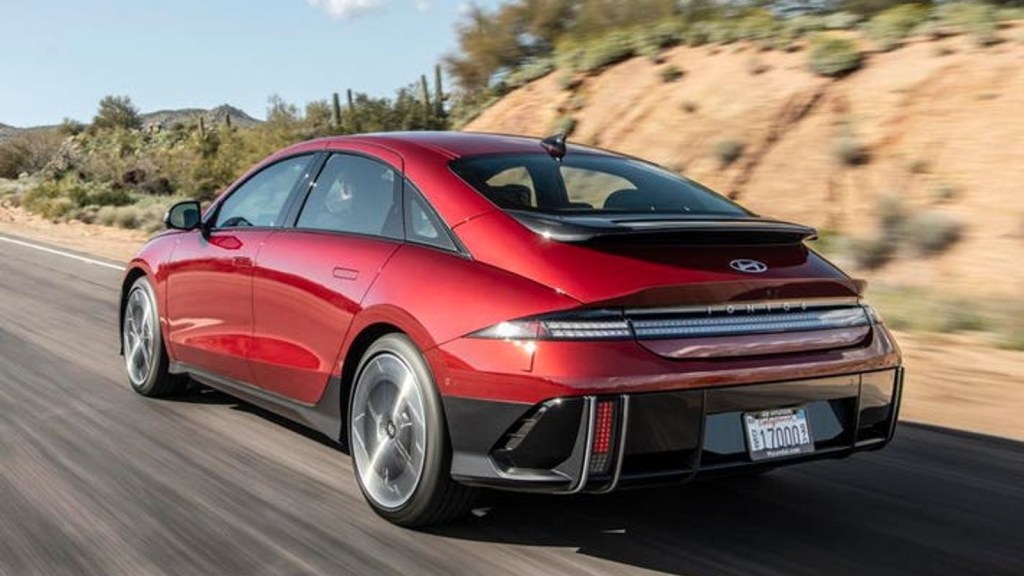
How much driving range should your electric vehicle provide?
Most drivers never reach 100 miles of driving in a day. Others have longer rides and could use up all of an EV’s range while driving 250 miles or more. If the driving range is important to you, a single-motor model with the largest available battery pack makes the most sense.
The Hyundai Ioniq 6 delivers up to 361 miles of driving range in the single-motor version, but when you add the second motor, you’ll drop to 316 miles of range. Add larger wheels, and this figure drops to 270 miles. Similarly, the RWD Kia EV6 provides 310 miles of range. An AWD version decreases this figure to 282 miles, and the GT model brings that number down to 206. These are significant changes from the single-motor to the dual-motor versions of these EVs.
Do you really need AWD?
The benefits of sending power to all four wheels can only truly be experienced on the trails and in deep snow. This feature helps you get going but doesn’t improve your vehicle’s stopping power. Most modern 2WD vehicles have the features necessary to give you good control during winter driving. Unless you plan to take your electric vehicle out on the trails, you don’t need AWD.
What EVs make the most sense for most drivers
Because most drivers never leave the paved roads, the smart option for most drivers is a single-motor EV. These electric vehicles typically provide the greatest driving range, making them good for longer drives when necessary. Dual-motor, AWD electric vehicles are alluring, but they cost more, weigh more, and don’t drive as far on a single charge. This makes the single-motor options a better choice for most drivers.
Source: Gear Patrol
